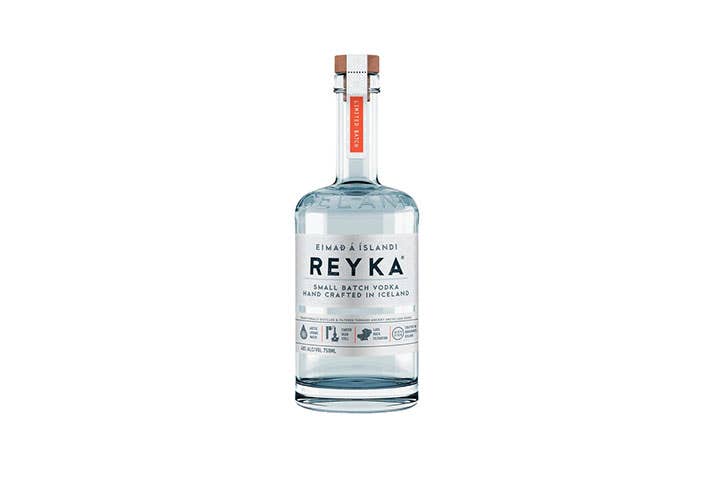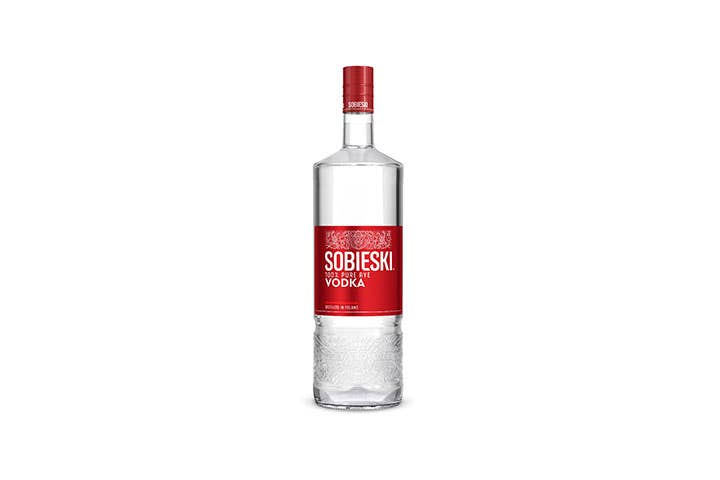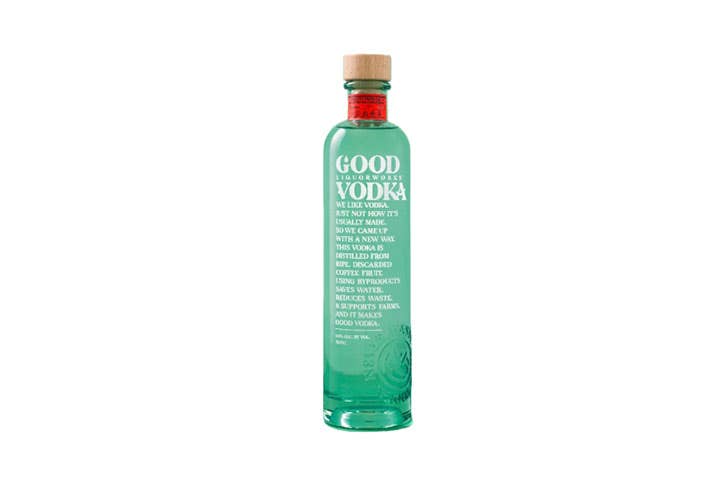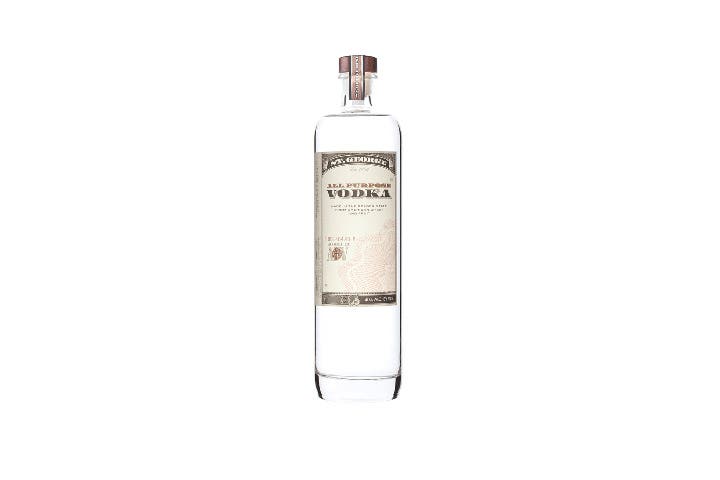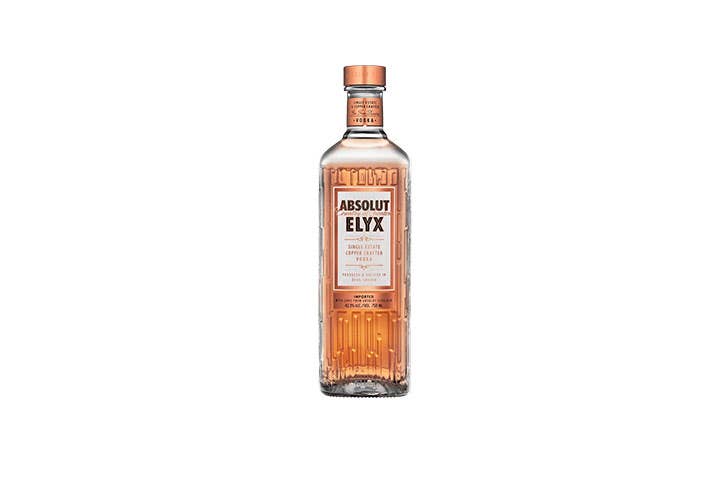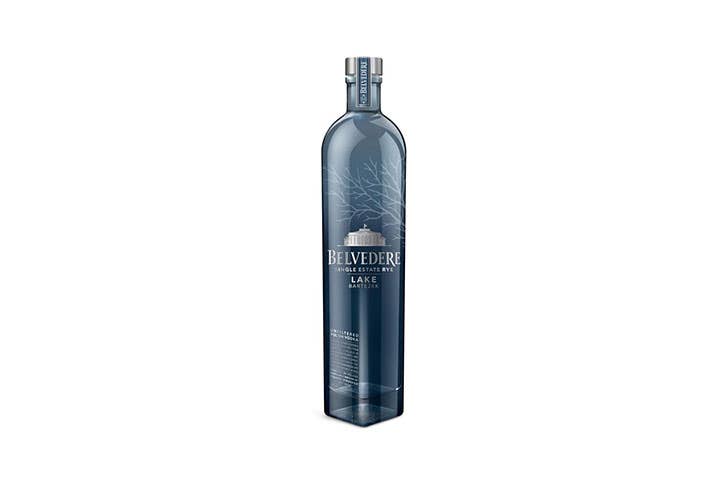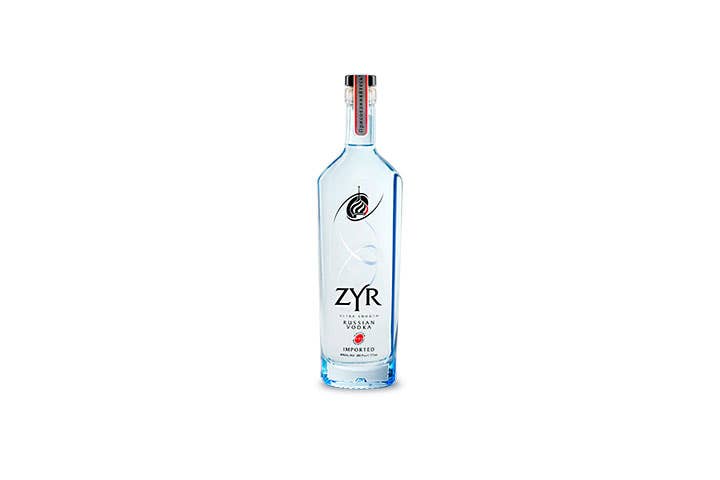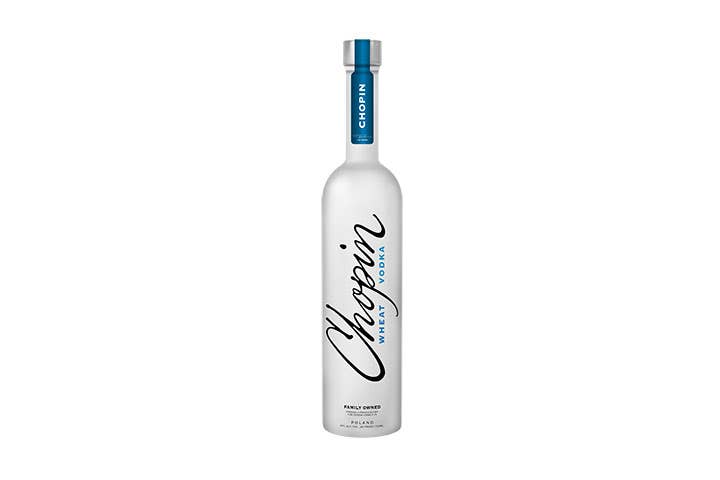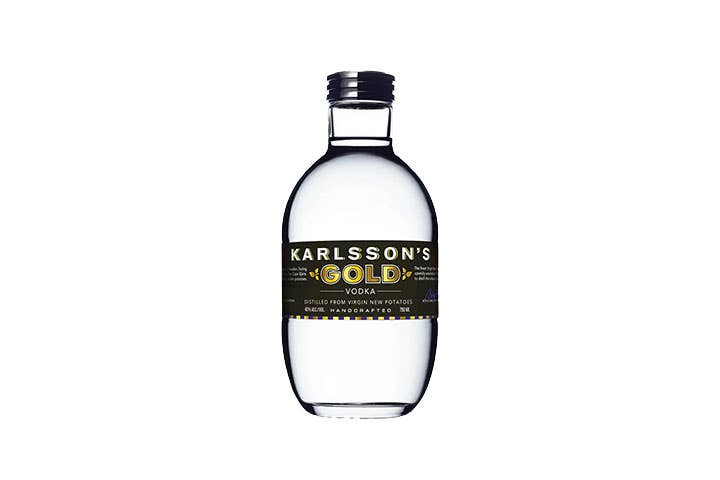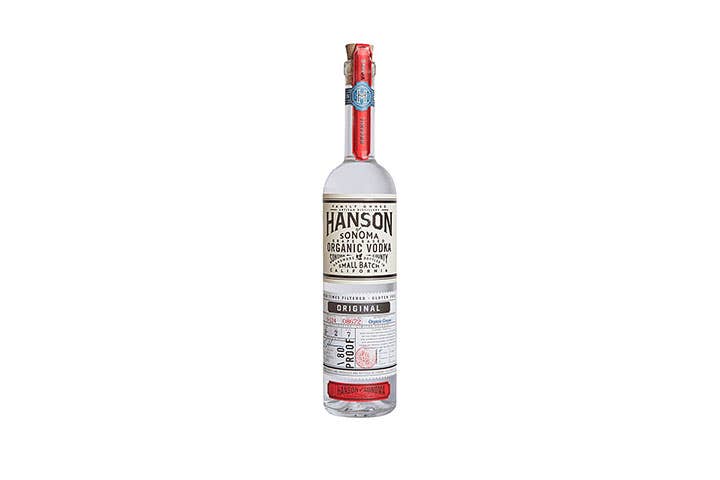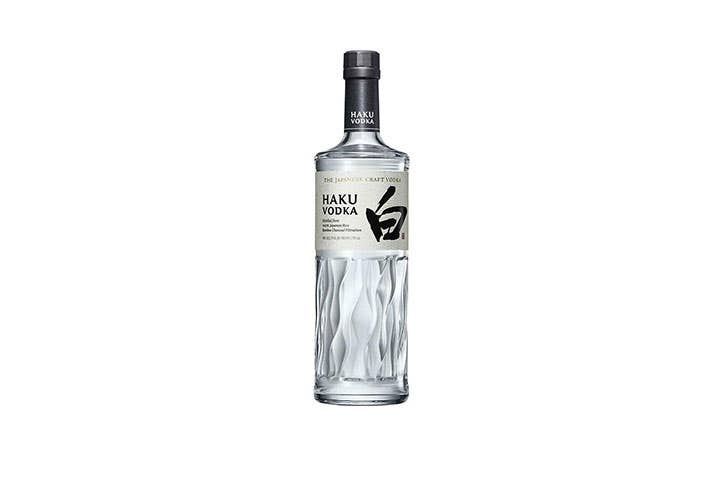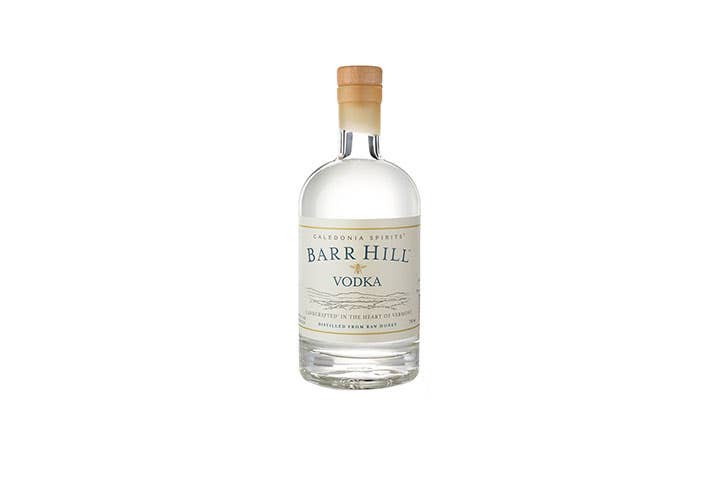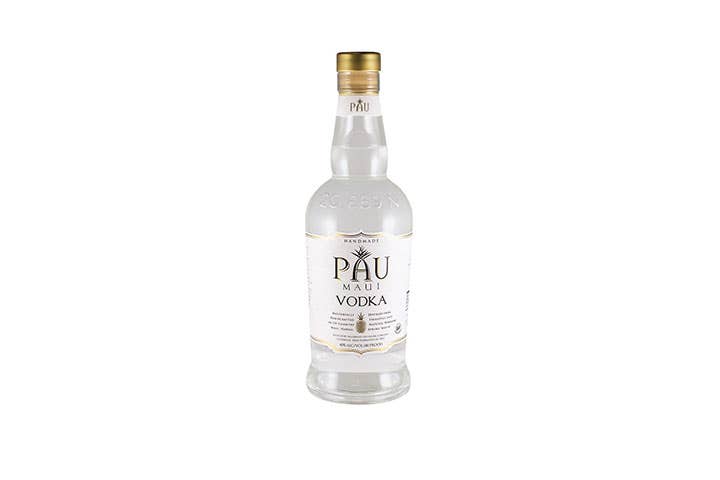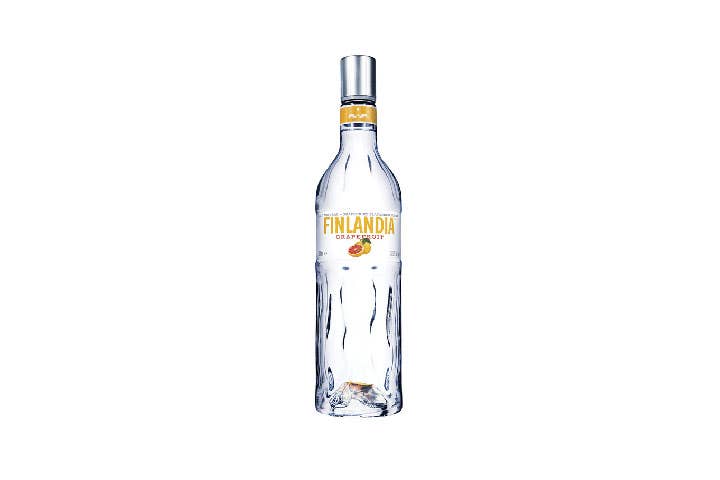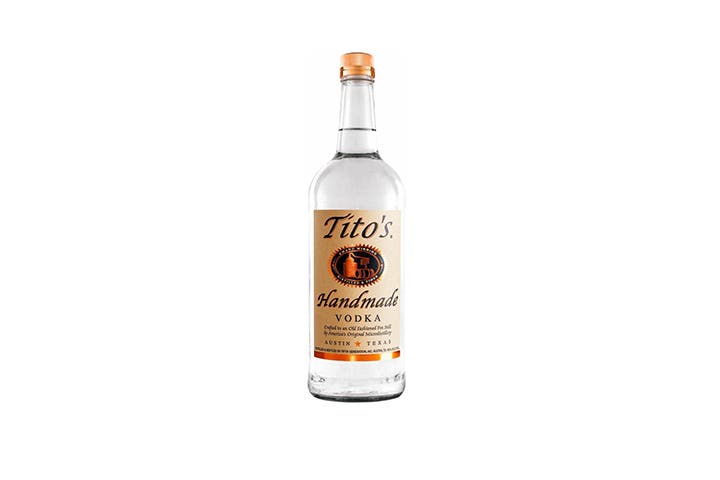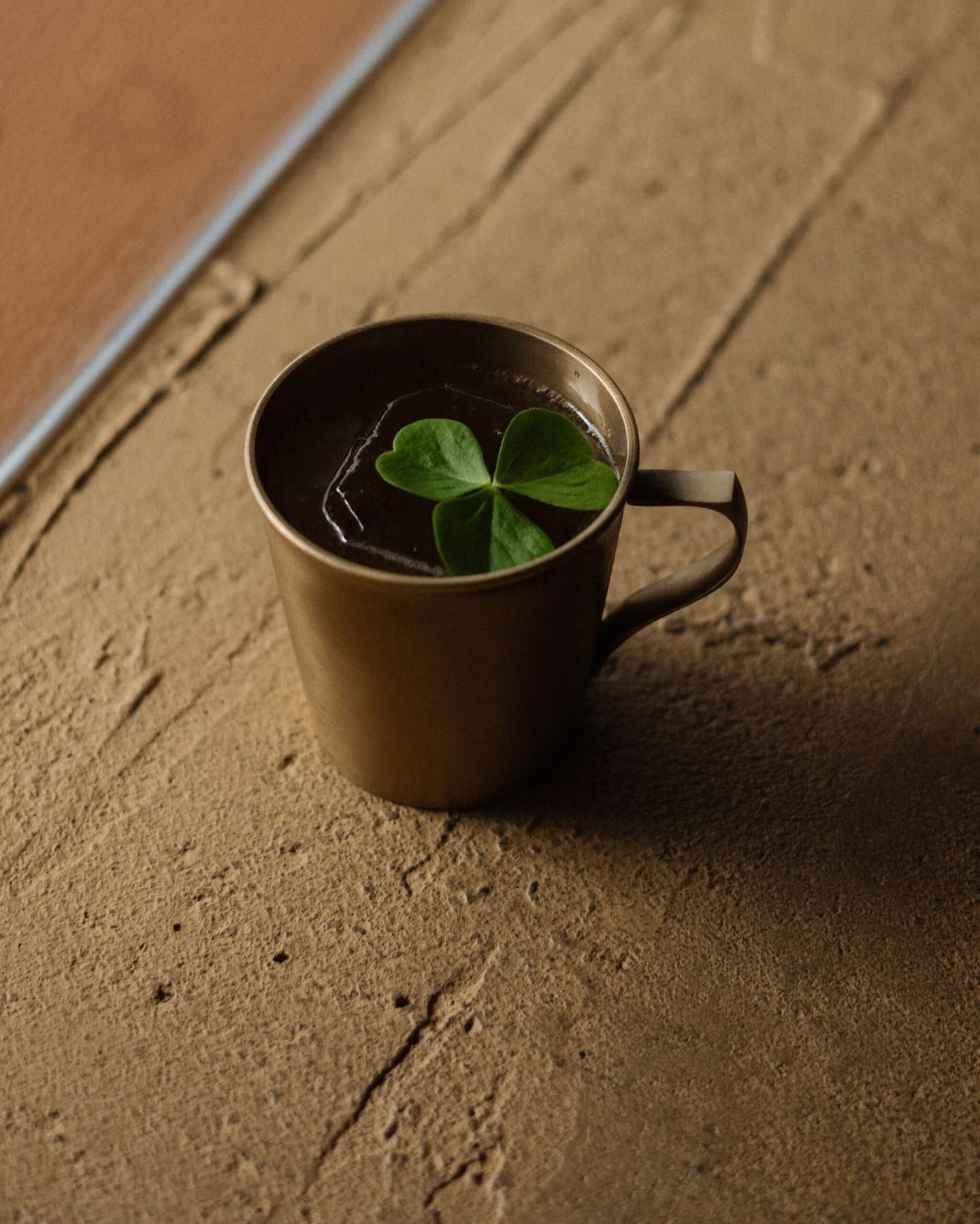Subtle, Versatile, and Surprising—The 15 Best Vodkas Take the Spirit to New Heights
And every one is martini-friendly.
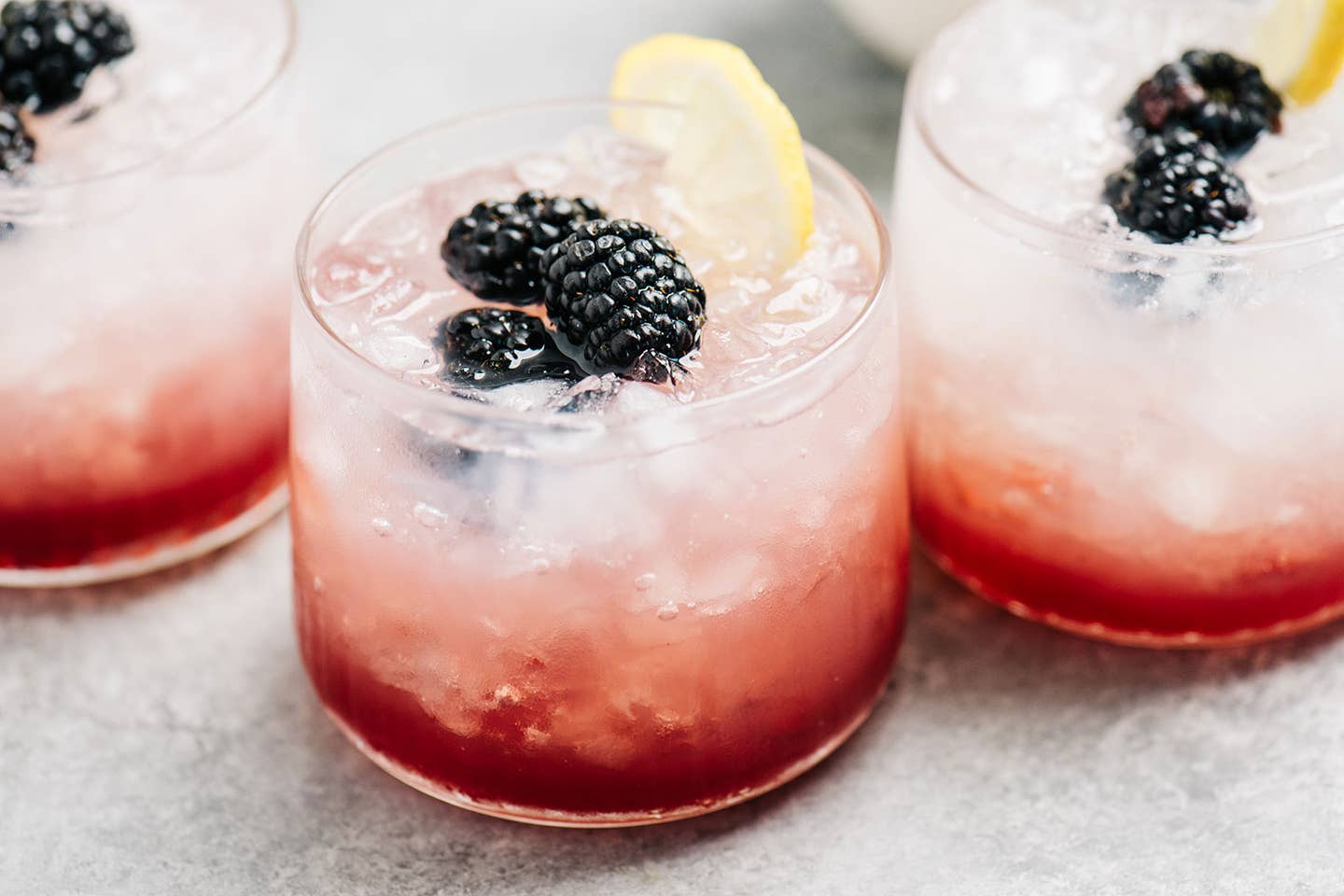
Vodka has long held a bad reputation among bartenders and discerning drinkers. After all, vodka is by definition a “flavorless, odorless spirit”—seemingly best for shooting and spiking cloyingly sweet drinks. So when it comes to craft cocktails, what does vodka bring to the table?
Well, for one, vodka is actually incredibly versatile. Though it may not pack the fresh botanicals of a gin or the bold spice of a whiskey, vodka can offer subtle texture and body in a cocktail. Sometimes you do need a neutral canvas to work with. When mixed with fruity, herbal or citrusy ingredients, it allows those stronger flavors to shine bright. And it’s not just for summer cocktails; Vodka is also ideal in fall and winter cocktails like espresso martinis and the elusive Harvey Wallbanger. That’s not to mention the pitch-perfect pairing of caviar and ice-cold vodka.
The history of vodka is long and largely unknown. It has been traced back to 9th-century Russia by some and 8th-century Poland by others. Wherever and whenever it may have been born, vodka remains central and elemental to the pan-Slavic identity, and many of the best representations today are classic Russian and Polish vodkas.
Vodka also has held modern significance in America. Before the craft cocktail revolution of the 2000s, during which renewed interest in Prohibition-era old-fashioneds and Manhattans drove demand for brown spirits, it was vodka that reigned supreme. Following World War II, a vodka craze swept America: Between 1950 and 1955, sales of vodka skyrocketed from 40,000 to 4 million cases. And crowds went wild for Cosmopolitans and Moscow Mules.
Today, despite pandemic-era setbacks and bartenders bemoaning it, vodka remains the top-selling spirits category in America. Those open-minded enough to seek it out will discover the hyperlocal, almost terroir-driven nature of vodka; vodka producers typically utilize what’s indigenous to their specific location. However subtle, vodka offers a sense of place and cultural context.
“There’s a reason vodka has been the single best-selling spirit for decades: People like it.” says Claire Mallett, a bartender at Los Angeles’ Harvard & Stone. “I have always loved vodka, and I like to choose my vodka the way I choose my wine: from the region it's produced. You can distill vodka from anything, so each country or region uses the ingredient most available to them.”
Beyond base ingredients, vodkas often are also distinguished by the quality of water used. Iceland’s Reyka, for example, uses glacier water, as well as the thoroughness of the filtration process; Japan’s Haku is filtered through bamboo charcoal; and northern Italy’s Carbonadi passes through black diamonds. With both large and craft producers releasing new and experimental takes on vodka, you can now find vodkas made from brandy, rice, pineapple and beyond. The category has grown so diverse that the very foundation of vodka’s identity—a neutral, odorless, flavorless spirit—has been challenged. This freewheeling, pluralistic environment has also allowed sustainable, organic vodkas such as Square One Organic rye vodka and the carbon-negative Good vodka to emerge.
“I think it started with the craft beer movement and then continued with craft spirits. People are actually asking a lot more about how alcohol is made, what it's made from and what that process looks like,” says Mark Byrne, a writer and the founder of Good vodka, which is made from discarded coffee fruit. “With more variation in how vodka is made—what fruits and grains we start with, the care that goes into smaller-scale production—we can talk about the different strains of flavor that make it through the distillation process. We can finally stop pretending vodka is 100% flavorless.”
Whether you’re looking for classic Russian vodka or exploring new-school American expressions, there’s plenty of reason to rediscover the once-maligned vodka category. Given its subtlety, you can rotate different brands and types of vodka for the same cocktails; every vodka on this list is inherently martini-friendly. And don’t be afraid to try vodkas made from nontraditional ingredients; we’ve included a few to get you started. From green-friendly Good to cult-beloved Absolut Elyx, we’ve rounded up the 15 best vodkas for any mood and occasion.
- Best Overall: Reyka
- Best Value: Sobieski Polish
- Best for the Environment: Good
- Best for Cocktails: St. George All Purpose
- Best for Casual Sipping: Absolut Elyx
- Best Luxury Vodka: Belvedere Single Estate Lake Bartężek
- Best Russian Vodka: Zyr
- Best Polish Vodka: Chopin Wheat
- Best Potato Vodka: Karlsson’s Gold
- Best Grape Vodka: Hanson of Sonoma Organic
- Best Rice Vodka: Haku
- Best Honey Vodka: Barr Hill
- Best Pineapple Vodka: Pau Maui
- Best Flavored Vodka: Finlandia Grapefruit
- Best Crowd Favorite: Tito’s Handmade
Our Top Picks
Best Overall: Reyka
Best Overall
It might be the crystal-clear Icelandic glacier water, the geothermic steam-powered distillation or the ancient Arctic lava rock filtration—Reyka comes with lots of romantic appeal. A classic, neutral grain vodka, it stands up excellently in a martini but also offers ever so gentle hints of citrus peel that brighten up more refreshing shaken cocktails. Excellently crisp on the palate, this workhorse vodka also pairs well with hearty foods and grilled meats. Try it in this barbecue-friendly citrus-and-elderflower concoction.
Best Value: Sobieski Polish
Best Value
Bartenders swear by this Polish Dankowski rye vodka, which is named after the 17th-century king who defended Europe from Ottoman attacks. Produced via continuous column distillation, Sobieski is characterized by a fresh, grassy aroma and light body. And at just around $11, it offers plenty of bang for the buck. While many other vodkas in this price range come with an unpleasant alcohol taste, Sobieski drinks smoothly whether on ice or in cocktails. Try it in this blueberry jam and prosecco refresher.
Best for the Environment: Good
Best for the Environment
Created by veteran bartender Tristan Willey and writer Mark Byrne, Good vodka sheds light on coffee production and the waste that’s typically discarded along the way. A carbon-negative spirit, Good is made entirely from cascara, the typically discarded coffee fruit, from organic family-owned farms in the mountains of Colombia. According to Bryrne, it’s the knowledge and care of these multigenerational farmers that guarantees the quality of the fruit. But Good vodka isn’t just doing good—it also tastes good. The coffee fruit imparts a luscious viscosity and spicy aromatics. Sip it on ice.
Best for Cocktails: St. George All Purpose
Best for Cocktails
Complex and strong enough to support both martinis and highballs, this versatile vodka from St. George Spirits certainly lives up to its name. The California distillery starts by turning locally grown Bartlett pears into an unaged brandy and then blending that with a neutral, non-GMO spirit. The result is a crystal-clear vodka that offers nutty aromas, gentle fruity and floral hints, and a thick velvety mouthfeel that unfurls into an almost malted finish.
Best for Casual Sipping: Absolut Elyx
Best for Casual Sipping
For consistent quality (with widespread availability), this winter wheat vodka is one of the best premium options on the market. Though it’s made by a large producer, Elyx offers a more refined experience than its peers of a similar price. During production, copper packets are manually added to each batch of raw spirit—a kinetic process that purifies the spirit and removes remnants of sulphur. Distilled in a vintage 1921 copper column still, the final vodka is clean and full-bodied with light grain notes.
Best Luxury Vodka: Belvedere Single Estate Lake Bartężek
Best Luxury Vodka
A highlight of Belvedere’s critically acclaimed portfolio, this is one of two single-estate Polish rye vodkas created specifically to explore terroir in the category. The vodka is made from rye grown on the banks of the glacial Lake Bartężek in northern Poland, where it spends most of the long winter actually buried under snow. Each sip starts with earthy and floral aromas that open into a myriad of flavors on the palate ranging from fragrant lavender to crushed peppercorns and citrus peel.
Best Russian Vodka: Zyr
Best Russian Vodka
Combining winter wheat and rye grains, Zyr manifests the most exalted qualities of Russian vodka: a smooth mouthfeel that delivers notes of cereal grain and a hint of spice. Multiple distillations and filtrations are key to the brilliance and clarity of this vodka. Water from northwestern Russia is filtered five times before joining with the grains for five distillations, followed by four more filtrations. An excellent accompaniment to caviar and smoked salmon, it likewise plays well alongside herbs like thyme and dill.
Best Polish Vodka: Chopin Wheat
Best Polish Vodka
Launched in 1992, Chopin works with local farms growing potato, wheat, and rye to source ingredients for their various vodkas. The most light-bodied of the Polish brand’s premium portfolio, the wheat vodka offers warm spices like vanilla and clove, making it ideal for more flavorful citrus-forward cocktails, gingery mules and warm toddies alike.
Best Potato Vodka: Karlsson’s Gold
Best Potato Vodka
While potatoes are nowhere near the most popular ingredient used across the vodka category today, some of the best still use the simple spuds to create fun and interesting flavor profiles. Produced by Absolut alum Börje Karlsson, this Swedish potato vodka distinguishes itself from the bunch with just a single distillation and zero filtration. Made with new virgin potatoes, the vodka has a pleasant oiliness that makes for smooth sipping, offering an earthy, almost funky flavor with notes of ginger and cocoa. This one is ideal on the rocks.
Best Grape Vodka: Hanson of Sonoma Organic
Best Grape Vodka
Set in the heart of the California wine country, Hanson of Sonoma is a family-owned distillery making small-batch vodka from organic wine grapes. Distilled in a combination pot and 50-plate column still, this vodka sips easy, balancing a peppery heat with a whisper of candy sweetness. The distillery also produces standout naturally flavored vodkas, including a refreshing cucumber vodka made with hand-picked, hand-peeled, hand-chopped cukes.
Best Rice Vodka: Haku
Best Rice Vodka
In the past few decades, Japan has become world-renowned for whiskey, gin and vodka. One of the most dynamic forces in Japanese spirits, the House of Suntory in 2018 launched this vodka employing hakumai, or polished short-grain rice. Fantastic in spirit-forward cocktails, like a martini, this vodka balances a light, floral sweetness with a backbone of peppery spice.
Best Honey Vodka: Barr Hill
Best Honey Vodka
Made by Vermont craft producer Caledonia Spirits, this vodka uses 100 percent local, natural honey that’s never pasteurized before fermentation. Distilled only twice, this vodka is distinctly floral with a fittingly raw sweetness. Eschewing bigger-budget vodka marketing, Barr Hill is a true craft producer focused on the beekeepers and agricultural producers they work with. Sustainability is also top of mind: The distillery powers much of its day-to-day operation through rooftop solar panels and separates waste to be upcycled.
Best Pineapple Vodka: Pau Maui
Best Pineapple Vodka
Produced in Maui, Hawaii, this vodka makes use of Hawaiian spring water and local pineapples, the universal symbol of hospitality. Distilled in a 14-foot glass column still and filtered five times, this unique vodka offers just a hint of its fruity essence, with a gentle sweetness that’s reminiscent of both pineapple and strawberry. Vanilla joins in the finish, making this vodka ideal for drinks that sit on the sweeter side.
Best Flavored Vodka: Finlandia Grapefruit
Best Flavored Vodka
With consumer preferences shifting to natural and organic ingredients, one could fill an entire list of excellent flavored vodkas alone. Grapefruit and vodka are natural bedfellows, and this citrusy vodka from Finland is a gateway to the world of flavored vodkas. It all starts with Finlandia’s classic vodka—a marriage of Finnish-grown six-row golden suomi barley and local glacial spring water—and ends with a squeeze of fresh grapefruit. Double up on the grapefruit in this Floridita riff, shaking vodka with fresh grapefruit, lime, and triple sec.
Best Crowd Favorite: Tito’s Handmade
Best Crowd Favorite
If you’ve worked behind the bar, you know Tito’s remains a cult favorite. Produced in Austin, Texas, it’s emblematic of the classic American pot-still corn vodka.
Features to Keep in Mind
Types of Vodka
Vodkas are typically categorized by their origin and ingredient base. Though most of the world’s vodkas produced today are made from neutral grain (rye, wheat, sorghum) and corn, other base ingredients run the gamut from potatoes and sugar beets to grapes and apples. Any of these ingredients can be distilled into a plain, clear vodka, each with its own distinct character.
Plain vodka can also be infused or flavored to add complexity and personality to the spirit. Some vodkas are infused with botanicals (though not to be confused with gin), as well as flavored with fruit. When considering an infused or flavored vodka, seek out those made with all-natural flavors, such as Ketel One Botanical or Deep Eddy. These can be served as a simple highball topped with club soda.
Taste
Vodka is effectively tasteless, and many vodkas tout their purity, neutrality and lack of flavor. However, certain vodkas do offer aromas and very subtle flavors that can be pleasant.
Proof
In the United States, vodka must be distilled at a minimum of 190 proof. It’s unaged and typically filtered for clarity and smoothness. By design, the high proof of vodka removes the impurities, flavors and characteristics of its composite ingredients.
Smoothness
The widely-known “smoothness” of vodka, which can be creamy and almost viscous, comes from the distillation and filtration of the spirit. Many brands spotlight their multiple distillations and multiple filtrations when discussing the pure goes-down-easy quality of a vodka.
Ask the Experts
Q: What is vodka made of?
Vodka’s characteristic versatility extends even to the diverse range of ingredients used to make it. Anything containing sugar or starches can be fermented and distilled with water to produce ethanol. Though potato once dominated the vodka market, it has long been surpassed by corn and grains like rye and wheat, which generally derive a “cleaner” result with fewer distillation processes. These days, sugar cane, honey and different fruits are used to make vodka, each offering their own subtle touch.
“We still get a number of folks who say, ‘How can this be vodka?’ It's not made from potatoes,’" says Byrne of Good vodka. “Well, most of the vodka in the world isn't made from potatoes. The best-selling vodkas in the world and in the U.S. are made from corn. Ciroc is made from grapes, and we're made from discarded coffee fruit.”
Q: Is there any sugar in vodka?
Vodka has no sugar. It also lacks carbohydrates, fats, sodium, and other vitamins and minerals, as it only contains ethanol and water. Fitness aficionados crown vodka as their go-to spirit for its low caloric impact and sugar-free sips.
Q: What is the best type of vodka for making cocktails?
The various processes of making vodka aid in the shaping of its flavor. The water source, the type of wheat or fruit, the material of the still, and the filtration method play an integral part in the final product. Unless you’re making a drink with a very specific presence, most quality-made vodkas with a light and crisp taste can complete any drink.
Q: How long can a bottle of vodka stay open?
An unopened bottle of vodka can keep its flavor and alcohol content for decades. Once opened, the oxidation process that breaks down alcohol eventually takes hold, although not much about it changes.
Our Take
“Vodka has been a misunderstood category in recent years because I feel like it suffered from what I like to call the Led Zeppelin effect.” says Mallett. “The band was the biggest band in the world, and the backlash was eye rolls by music fans. For years, they were considered passé. But the bottom line is: They’re a great band, and now they’re back to being revered.”
Indeed, vodka may never be a bartender's favorite, but at the end of the day, there are plenty of vodkas worth respecting and understanding. Vodka might not be as complex as a brown spirit, but it can still teach us a lot about the importance of terroir and may one day become a truly sustainable spirits category. Attitudes toward vodka are changing, so it’s best to keep an open mind and challenge any past preconceptions.
Keep Reading
Continue to Next Story
